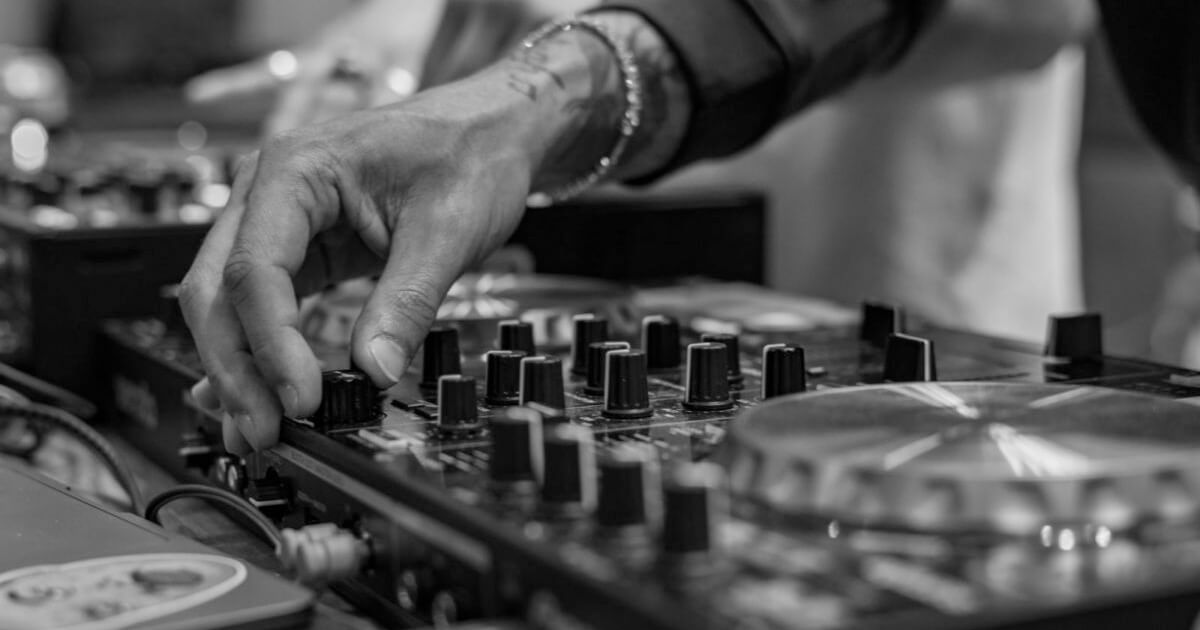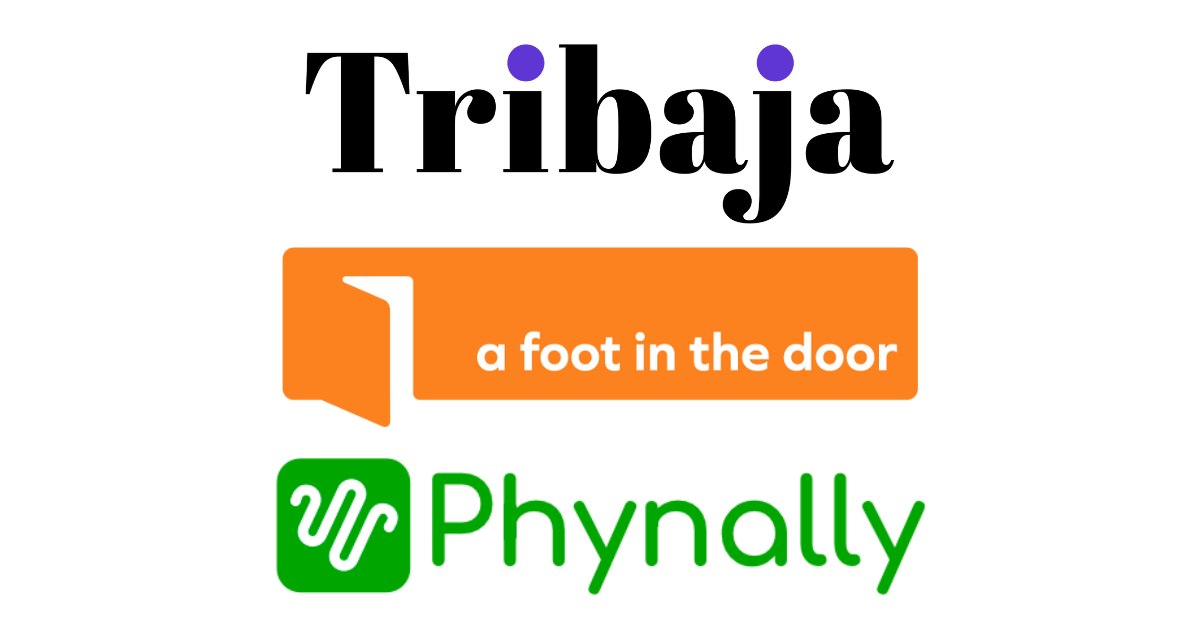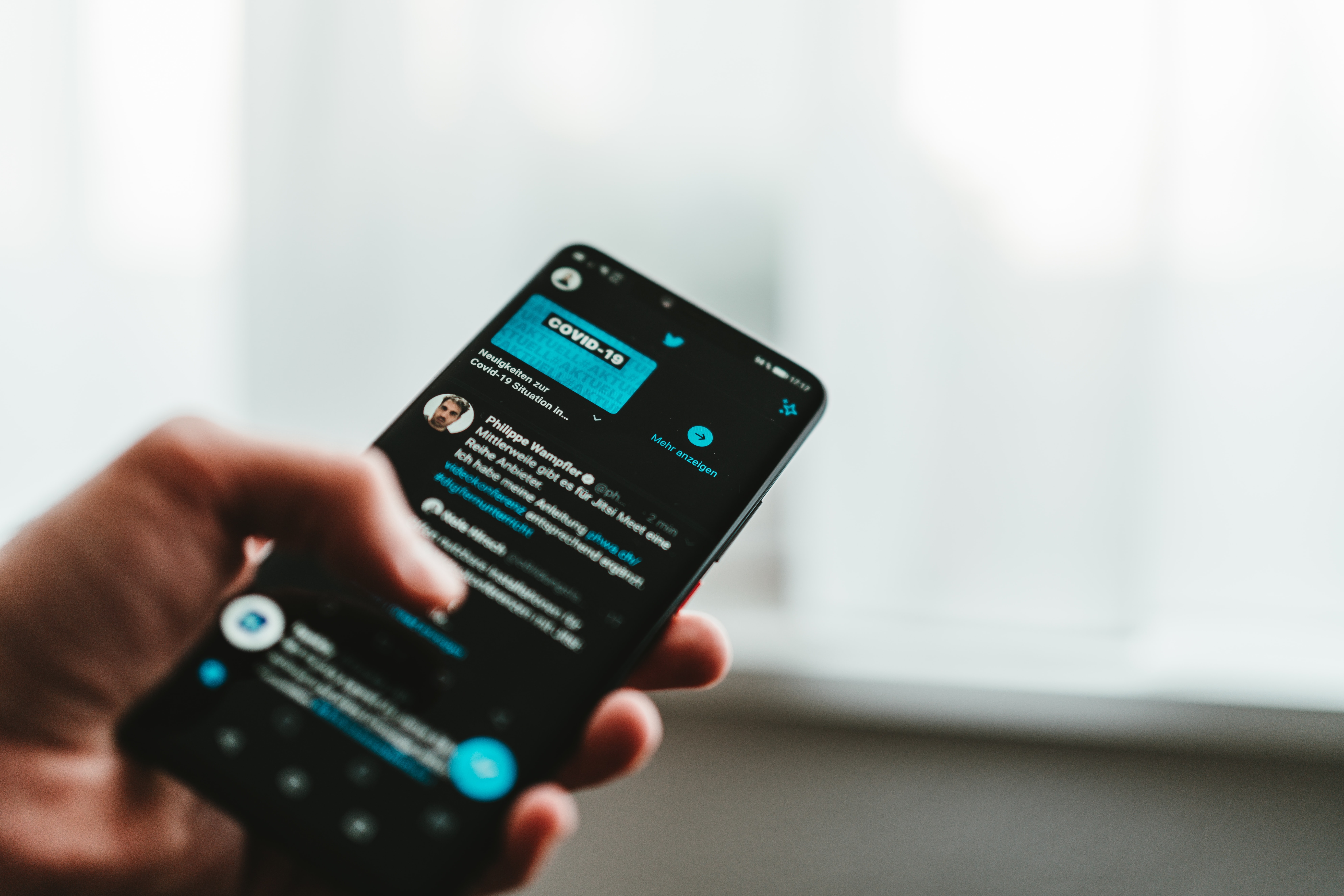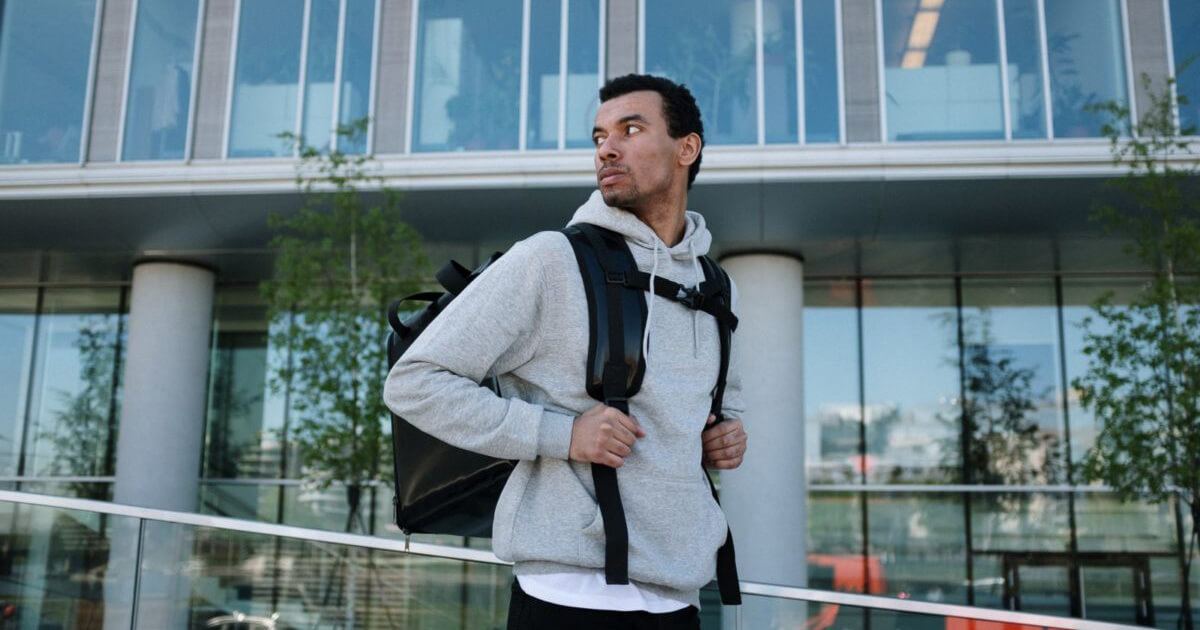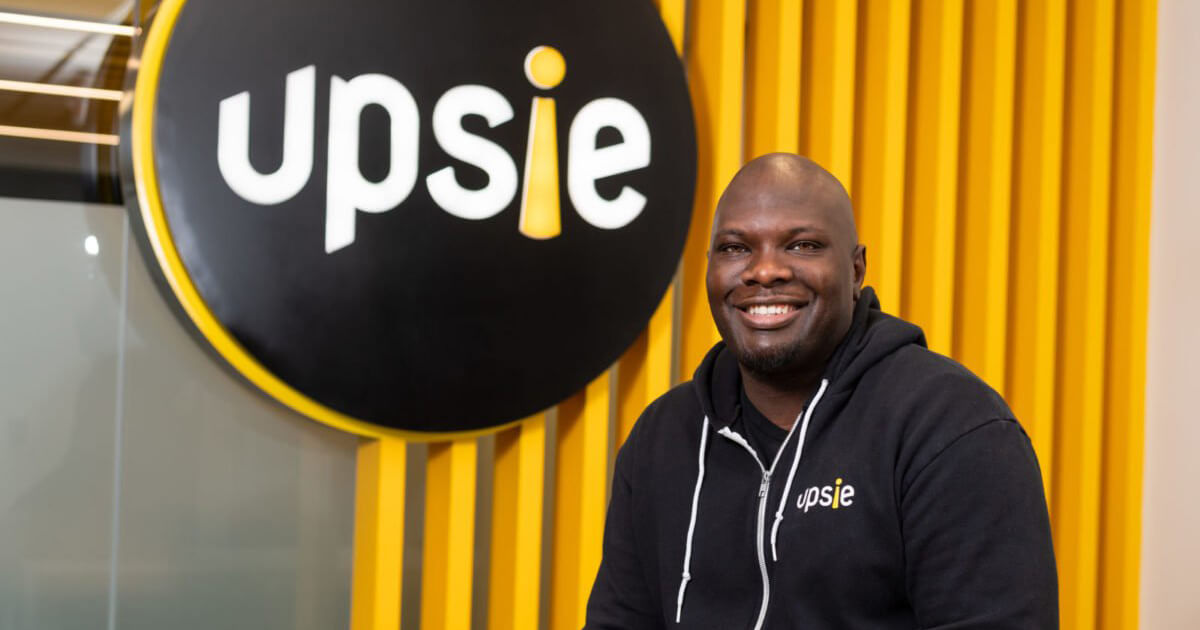On May 10, soul artists Erykah Badu and Jill Scott raked up over 700,000 views and more than 1 billion impressions on Instagram Live for their Verzuz battle, an event created by multi-platinum producers Swizz Beatz and Timbaland which features music artists trading songs back and forth in a “battle” determined by fans. Not only was it the first time the event featured two women, but the “battle,” which was actually more of a lovefest between the two longtime friends, was also the most-watched Verzuz so far, exceeding Instagram Live’s normal hour-long time limit, and stretching well past the two-hour mark. The massive popularity of the event was yet another signal that the music industry has turned over a new leaf in the age of COVID-19—one increasingly defined by live streaming.
The absence of live performances and in-person fan interaction, coupled with a captive audience itching for entertainment under government-mandated lockdowns, has made livestream events seemingly more popular than ever before. Musicians seeking creative ways to engage with their fan bases have inundated platforms like Facebook Live, Instagram Live, and Twitch; now they must figure out in real-time how to use these outlets to supplant their usual forms of income.
On Twitch, known mostly as a haven for gamers, music streams have skyrocketed. According to livestreaming services firm StreamElements, Twitch viewers watched more than 92,000 hours of content in the music and performing arts category on March 8. By March 22, the number had jumped to 574,000 hours. Badu and Scott’s massive turnout was just the latest in a string of successful Verzuz battles, which were launched prior to have grown in popularity since “shelter in place” orders were issued across the country. The Verzuz showdown between producers Teddy Riley and Babyface drew over half a million viewers.
“I think it’s great for just keeping morale up, people connecting with their fans, showing we’re all in this together, and helping to market and get the word out on themselves. People are consuming a lot of content,” said Jarrett Hines, co-founder and CEO of Music Tech Works, which helps TV, film, and advertising production companies obtain sync licenses for popular music.
PIVOT TO VIRTUAL
Another emerging music trend in an industry that was already largely tech-driven? In-home live performances. Some have been tongue in cheek, like John Legend’s living room piano serenade in his bathrobe, while others have been true virtual concerts. R&B veteran Anthony Hamilton’s Instagram Live concert drew more than 76,000 viewers, while Grammy-winning crooner Kem garnered an audience of over 50,000 on Facebook Live.
Additionally, music festivals have accounted for the pandemic by making their catalogs of live content available for streaming. Others are shifting their entire fest to a virtual setting. The long-running Montreux Jazz Festival made 50 of its historic concerts free to stream via Stingray, and ONE Musicfest plans to launch CribFest in late June, showcasing upcoming talent via livestreams.
“If you take music and technology away from this quarantine and time of social distancing, we’d be in a much more horrible state than we are. There’s no way people would be okay with sitting at home without music and the calm that it brings,” said Maurice Lee, vice president of marketing/promotions for ONE Musicfest and founder of Westway Consulting, a music consulting company whose clients include R&B artists Ari Lennox and Snoh Aalegra, and rapper DaBaby.
But the livestreams aren’t only about being altruistic during an unprecedented time. With festivals canceled and tour schedules upended in the face of the COVID-19 pandemic, some artists are employing technology as a means to earn money.
They’re now scrambling to come up with fresh opportunities to replace tour earnings, which is the bread and butter for most artists, including DJs. Many of them have coordinated live sets encouraging viewers to tip via CashApp to compensate for their abrupt lack of income.
“DJs are handicapped by the quarantine. They aren’t able to work, they aren’t able to tour,” said Lee, who organized a “Quarantine-a-thon” fundraiser featuring dozens of DJs nationwide coming together for back-to-back live sets on Instagram and Facebook Live.
LACK OF TOURING LEAVES MANY VULNERABLE
Touring artists have also been hit especially hard. Analysts predict the music business could lose an estimated $5 billion this year, and tour workers like sound and lighting engineers will feel the brunt of the loss. To make up for some of the money lost with touring, Badu has charged fans a range of $1-$3 to watch the livestream of her “Quarantine Concert Series,” bypassing traditional social media platforms, and hiring a “back-end” livestream company and a paywall service to stream from her Dallas home.
“Most artists live off their touring, so they’re dead in the water,” said Orlando McGhee, head of urban music for ONErpm, a digital distribution service and fan engagement platform providing business solutions to artists.
McGhee predicts that when large venues and arenas do open back up, it’s likely that sports organizations will get first dibs, and artists will have to book smaller venues and play more shows to compensate for the money they’re losing out on now.
MONETIZING THIS MOMENT IN MUSIC
Both McGhee and Hines foresee that should “shelter in place” orders continue into the late spring and summer, business models may begin to inevitably shift to account for the changing dynamic of music consumption and revenue. McGhee, who served as senior vice president of A&R for Roc Nation until 2019, said smart managers are likely already figuring out ways to monetize the new livestream explosion.
“If it goes a lot longer, a clever manager will probably go to one of those entities with a big name artist and do a livestream concert, and maybe some of the smaller promoters via websites and whatnot will probably try to figure those things out,” said McGhee.
He forecasts popular artists partnering with platforms for sponsorship deals, or taking a cue from the sports world and hosting exclusive live events on paid networks that are already monetizable.
“With technology it could probably happen within a quick 45-day window and figure out how to do Pay-Per-View concerts and find ways to do the live shows,” McGhee said. “The platforms may take more notice of how successful [artists] were and make it a point to monetize it now, and say, ‘Producer X and Producer Z, how about you two get together on our platform and we pay you in sponsorship to do something like this.’”
Hines suggests that companies and artists will need to monetize the streaming through social media apps, which in the past has been difficult due in part to complex licensing issues.
“There could be some challenges in getting that together just [because] everyone is working remotely, and there are a lot of new things to figure out in order for that business model to come into fruition,” Hines said.
As of now, there still isn’t a clear path on how to earn significant revenue for artists on streaming platforms, especially enough to recoup the loss of tour earnings.
“Monetizing will happen eventually,” McGhee said, “but it’ll be interesting to see how long it takes.”

